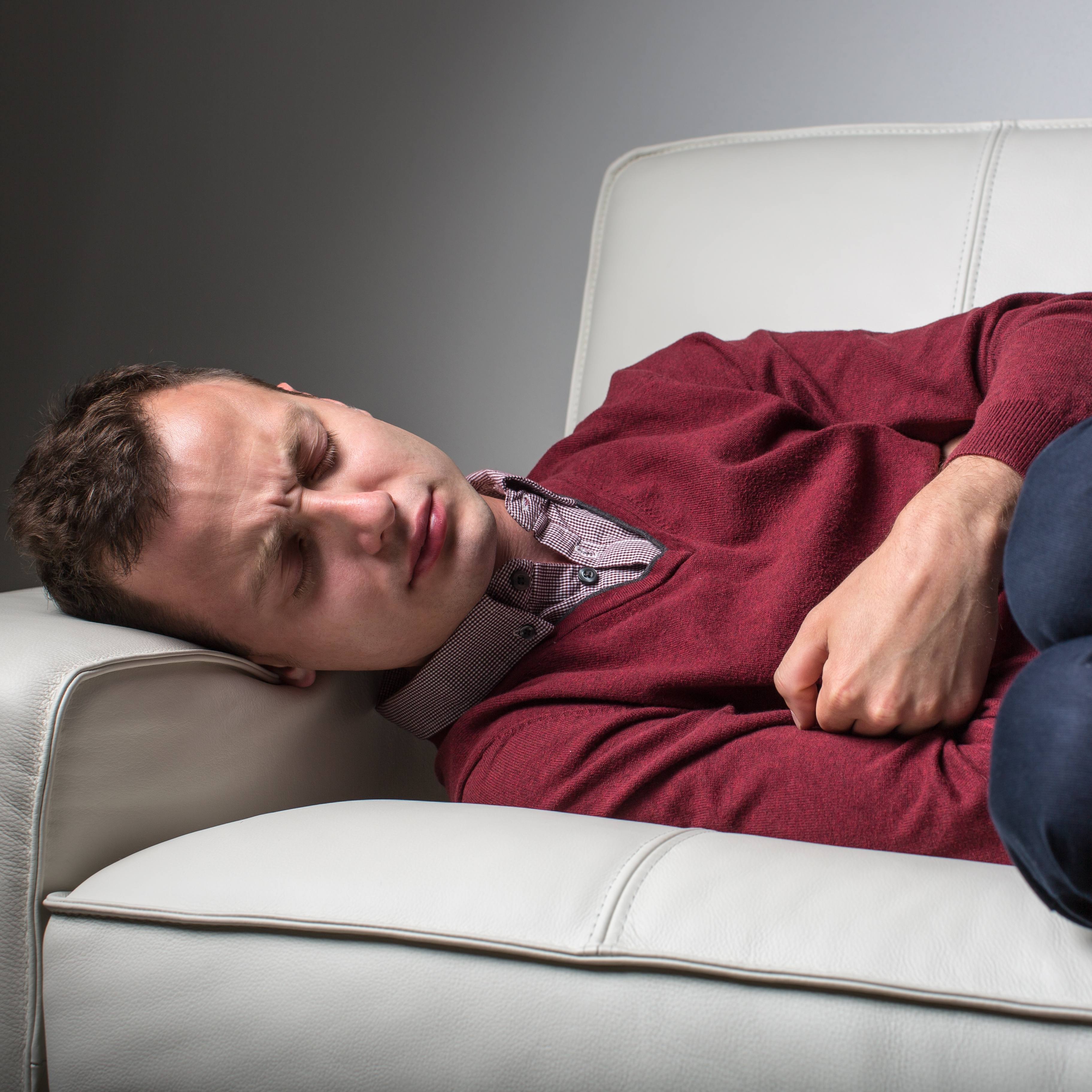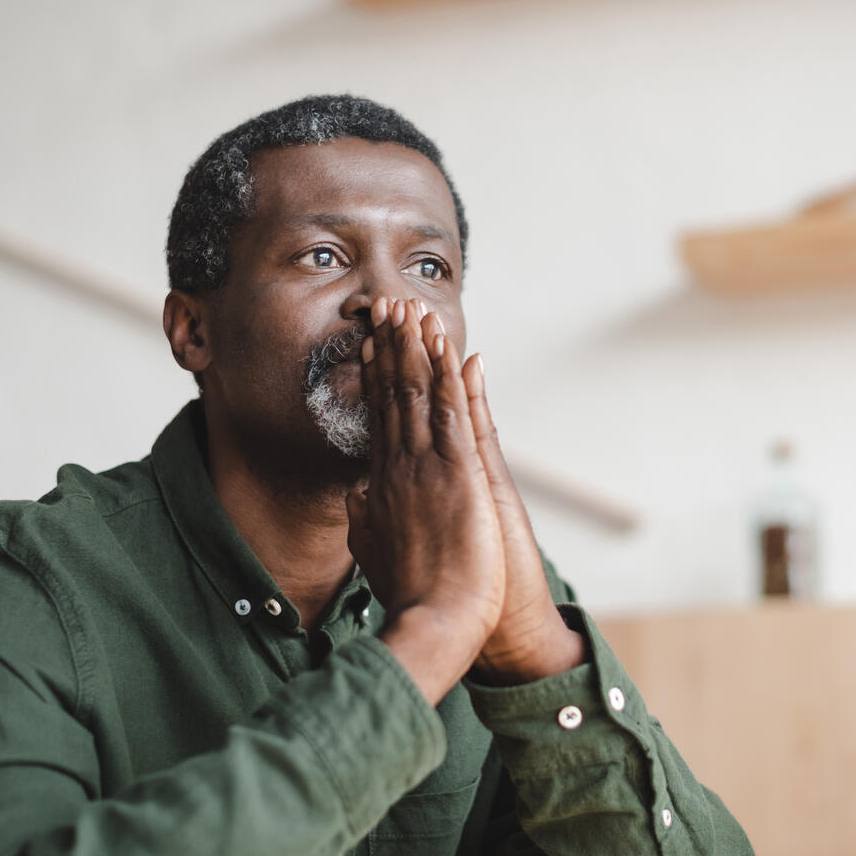
The concept of herd immunity, or community immunity, has sparked debate about whether it would control the spread of COVID-19. According to the Centers for Disease Control and Prevention (CDC), herd immunity is a situation in which sufficient proportions of a population are immune to an infectious disease to make its spread from person to person unlikely.
Dr. Gregory Poland, a Mayo Clinic infectious diseases expert and director of the Vaccine Research Group, explains the idea behind herd immunity.
Watch: Dr. Gregory Poland explains concept of herd immunity.
Journalists: Sound bites with Dr. Gregory Poland are in the downloads at the end of the post. Please courtesy "Gregory Poland, M.D. / Vaccine Research Group / Mayo Clinic."
"Herd immunity basically means, if you could envision a circle, let's say, of 100 people inside this circle and if you can imagine the susceptible people being in the center of that, the more immune people around the susceptible people, the less likely is it that the virus can penetrate in and actually infect somebody," says Dr. Poland.
Acquiring herd immunity can happen with two approaches, and can come with a deadly cost, according to Dr. Poland.
"There are really only two ways. (The first is) you become immune because you got infected. In the context of COVID-19 that means you have to be willing to accept a lot of severe illnesses and even deaths to get there," he explains. "You've seen some countries do this and say, 'No restrictions, we're going to go for herd immunity.' In some countries, for example, some of them have done that and they've had very high death rates compared to countries that didn’t."
"Or you have a strategy like a vaccine, where you can make somebody immune by tricking the body into thinking it has seen the virus, make antibodies and that antibody be protective," says Dr. Poland.
Dr. Poland says the consequence of going the latter route and implementing social distancing practices means waiting for a vaccine to be developed.
"That means we have lower number of cases, but we push them out longer and slower so we don't overwhelm the medical system. And at some point we have therapies or a vaccine and overall reduce the burden of infection," says Dr. Poland.
The next big question tends to be how much herd immunity is needed to effectively control the spread of COVID-19? Dr. Poland says that's not yet known.
"We know with influenza we need somewhere around 60% of the population to be immune to have herd protection, with measles it's about 95%. The novel coronavirus is probably going to fall into the neighborhood of 70% or so," says Dr. Poland.
Information in this post was accurate at the time of its posting. Due to the fluid nature of the COVID-19 pandemic, scientific understanding along with guidelines and recommendations may have changed since the original publication date.
Check the Centers for Disease Control and Prevention website for additional updates on COVID-19. For more information and all your COVID-19 coverage, go to the Mayo Clinic News Network and mayoclinic.org.
Related Articles







